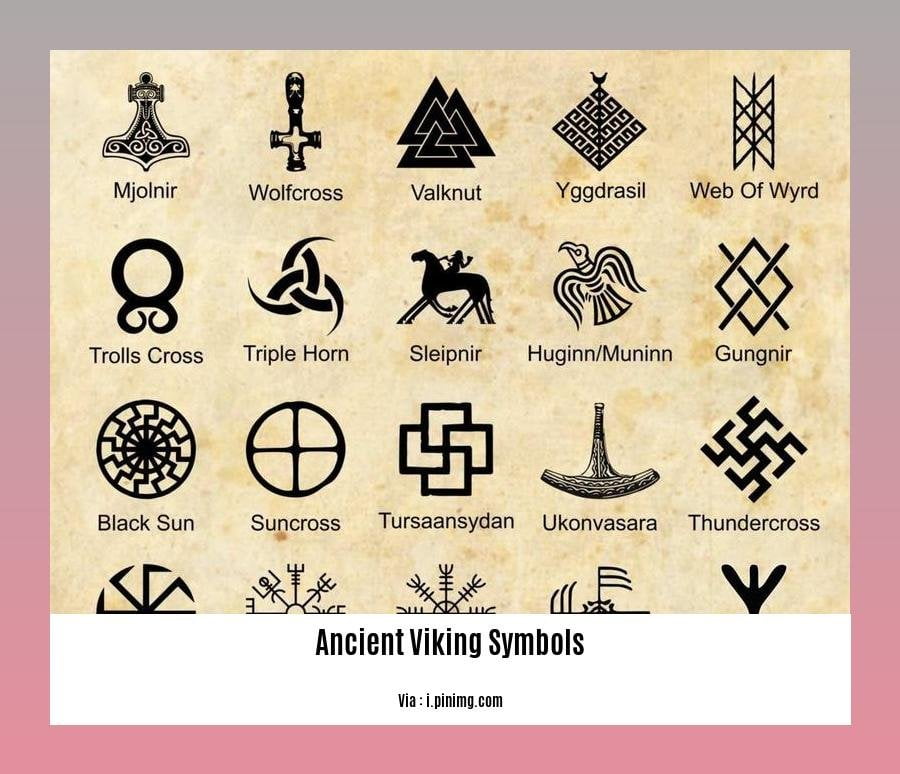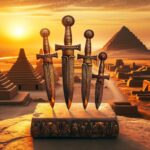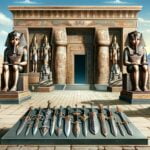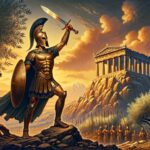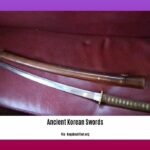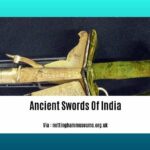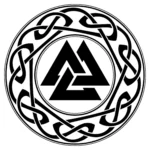Get ready to dive into the mysterious world of ancient Viking symbols! From necklaces to swords, from rocks to boats, these symbols were everywhere in the Viking world, carrying deep meanings about their culture and history. Let’s unravel their secrets and see what they can tell us about the Vikings and their fascinating time.
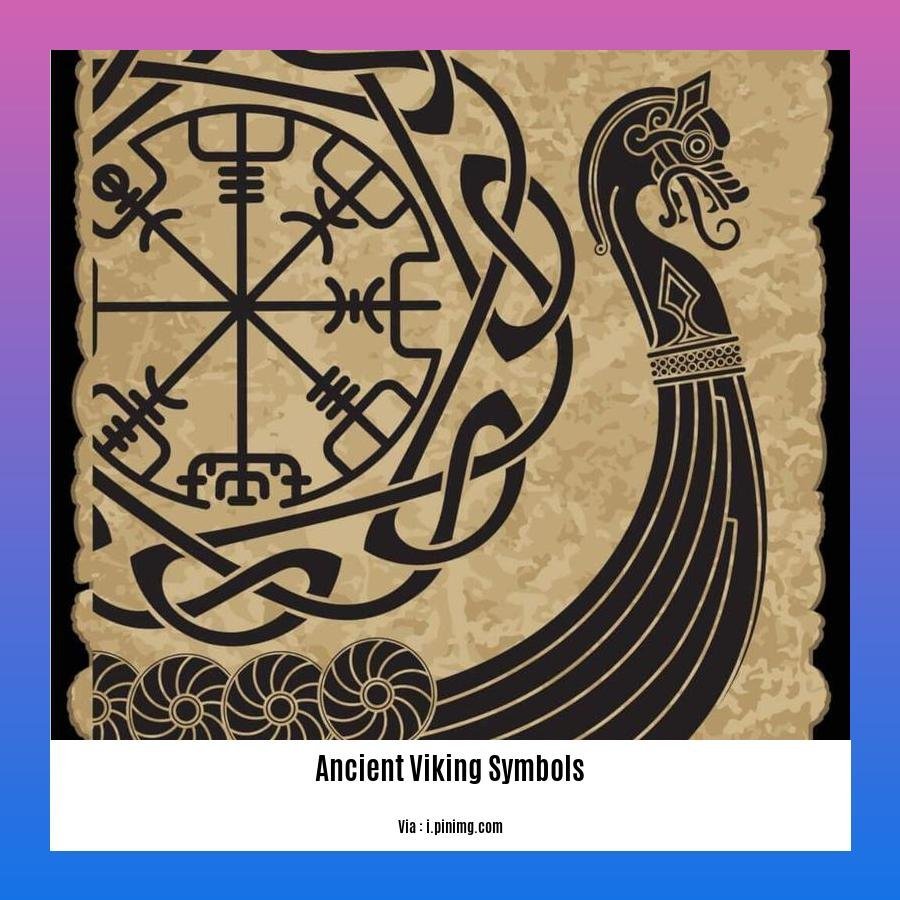
Ancient Viking Symbols: A Fascinating Journey Through Time
Imagine yourself as an adventurer who stumbles upon a hidden treasure chest filled with mysterious symbols. Each symbol is like a puzzle piece, revealing a glimpse into the enigmatic world of the ancient Vikings.
These symbols weren’t just pretty designs; they were the language of the Vikings, conveying their beliefs, hopes, and fears. From mighty hammers to intricate knots, each symbol held a profound meaning that shaped their lives.
Let’s unravel some of these fascinating symbols:
- Thor’s Hammer (Mjölnir): This symbol represented the thunderous power of Thor, the god of strength and storms. Just like Thor’s hammer, it symbolized the ability to smash obstacles and conquer challenges.
- Odin’s Knot (Valknut): This intricate symbol is associated with Odin, the god of wisdom and war. It represents the cycle of life, death, and rebirth, a reminder that there are always new beginnings after every end.
- Tree of Life (Yggdrasil): In Norse mythology, this mighty tree stood at the center of the cosmos. Its roots reached down into the realm of the dead, while its branches stretched up into the heavens, connecting all nine worlds.
- Viking Compass (Vegvisir): This symbol served as a guiding light for Viking sailors. It was believed to help them navigate through treacherous seas and find their way to unknown shores.
- Helm of Awe (Aegishjalmur): This powerful symbol was said to instill fear in enemies and protect Viking warriors from harm. Just like a majestic helmet, it provided a sense of security and invincibility.
So, the next time you encounter a Viking symbol, don’t just gaze upon its beauty. Let it transport you to the captivating era of the Vikings. Each symbol tells a story of their beliefs, their fears, and their aspirations. It’s a testament to the rich and enigmatic culture that left an enduring mark on our world.
- Seeking mystical insight? Dive into the fascinating world of ancient Vietnamese symbols and unveil their hidden meanings.
- Discover the captivating story of ancient vines zinfandel, a wine that transcends time with its unique flavors and rich history.
- Embark on a journey through the ages as you explore the ancient words hymn history, unraveling the power of words that have shaped civilizations.
Exploring the Significance of Norse Runes and Symbols: Unraveling an Enigmatic Past
In the tapestry of Norse mythology, runes stand out as enigmatic threads, woven into the fabric of Viking life, beliefs, and culture. These mysterious markings, etched into artifacts and ornaments, whispered tales of power, wisdom, and everyday realities. Let’s unravel the profound significance behind these ancient symbols.
Unveiling the Mystical Powers
Norse runes were more than mere letters; they embodied the divine. Believed to possess the power of divination and enchantment, these symbols played a crucial role in the Viking worldview. Each rune on the Rune Wheel held a unique meaning, representing strength, protection, fertility, or the wisdom of the cosmos.
A Window into Viking Culture
Beyond their mystical aura, runes served practical purposes in Viking life. They were etched on coins, marking ownership and value; adorned weapons, imbuing them with supernatural protection; and inscribed on amulets, warding off evil spirits and bringing good fortune.
Odin’s Quest for Wisdom
The legend of Odin, the All-Father, eloquently illustrates the unparalleled power attributed to runes. In a desperate quest for wisdom, Odin impaled himself on the mystical world tree, Yggdrasil, hanging for nine days and nights. This act of sacrifice granted him access to the ancient secrets of the runes, unlocking the mysteries of the universe.
A Connection to the Past
Today, Norse runes continue to resonate, finding expression in art, jewelry, and tattoos. Far from mere decorations, these symbols evoke a sense of connection to the Viking past and heritage. Wearing a rune-adorned piece or displaying it in your home bridges the gap between present and past, whispering the tales of a long-lost civilization.
Table of Rune Symbols and Meanings
| Rune | Meaning |
|---|---|
| Fehu | Wealth, prosperity |
| Uruz | Strength, courage |
| Thurisaz | Protection, defense |
| Ansuz | Communication, wisdom |
| Raidho | Journey, travel |
| Kenaz | Creativity, passion |
| Gebo | Partnership, generosity |
| Wunjo | Joy, happiness |
| Hagalaz | Change, chaos |
| Nauthiz | Hardship, endurance |
| Isa | Stagnation, delay |
| Jera | Harvest, fulfillment |
| Eihwaz | Protection, stability |
| Perthro | Secrets, mysteries |
| Algiz | Protection, guidance |
| Sowilo | Sun, energy |
| Tiwaz | Justice, law |
| Berkana | Growth, fertility |
| Ehwaz | Harmony, balance |
| Mannaz | Mankind, self |
| Laguz | Water, emotions |
| Inguz | Fertility, new beginnings |
| Othala | Home, inheritance |
| Dagaz | Day, new beginnings |
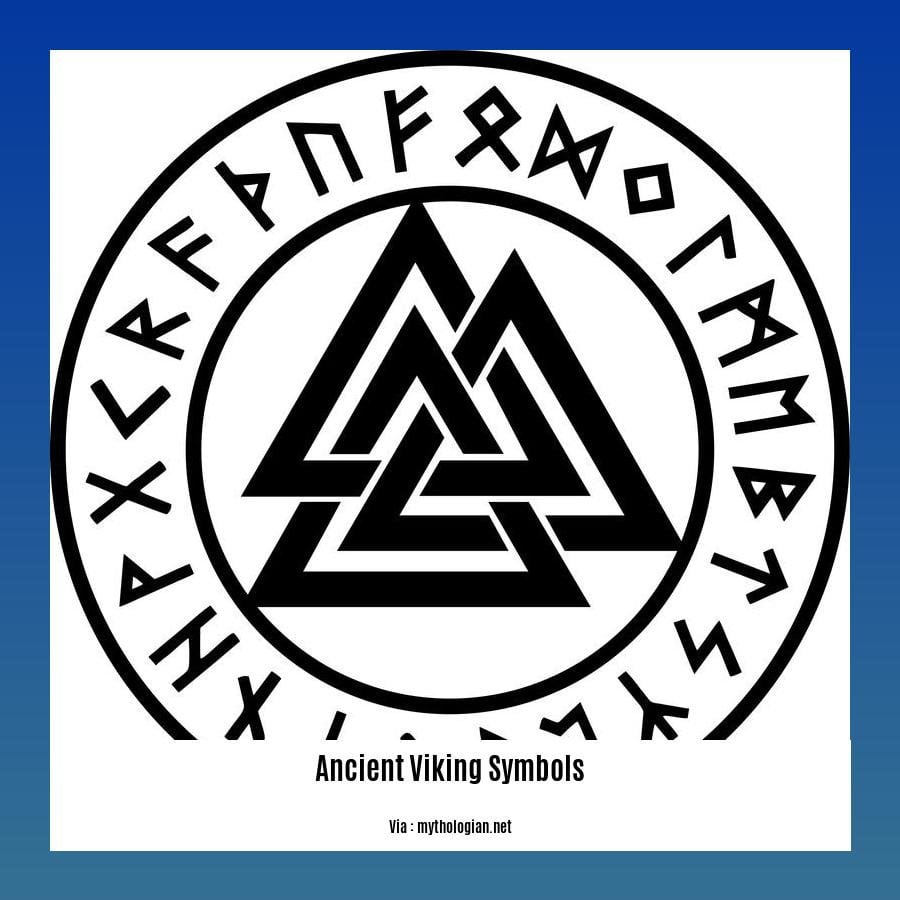
Decoding the Enigmatic World of Viking Symbols
Step into the mystical realm of the Vikings, where symbols whispered tales of gods, warriors, and the enigmatic forces that shaped their world. These ancient markings, etched on everything from weapons to jewelry, carried profound meanings, connecting their users to divine power and the cosmic tapestry.
Unlocking Their Secrets
Unveiling the hidden depths of Viking symbols is like embarking on an archaeological quest. Each symbol holds a unique story, representing gods such as Thor, whose mighty hammer (Mjolnir) symbolized strength and protection. Yggdrasil, the sacred tree of life, connected the realms of Norse mythology, reminding them of the cosmic order.
Protection and Power
Beyond their decorative beauty, Viking symbols served as potent talismans. The Helm of Awe, with its intimidating design, inspired awe and warded off danger. The Valknut, associated with the afterlife, symbolized the eternal cycle of life and rebirth. By adorning these symbols, Vikings sought protection, guidance, and connection to the supernatural.
Divination and Magic
Runes, a sacred alphabet, held immense power in Norse culture. Each rune carried a specific meaning and was used for divination and magic. Viking warriors etched runes on their weapons to invoke strength and victory, while healers used them for healing rituals.
Legacy Lives On
The enigmatic world of Viking symbols continues to fascinate us today. They remind us of the rich tapestry of Norse mythology and the deep connections between humans and the divine. From tattoos to jewelry, these ancient symbols endure as a testament to the enduring legacy of a culture that revered courage, honor, and the power of the unseen.
So, let us delve into the enigmatic world of Viking symbols, embracing the stories they hold and the glimpse they offer into the fascinating tapestry of Norse culture.
Unveiling the Mysteries: A Guide to Ancient Viking Symbols
Picture this: you’re holding an axe adorned with a peculiar symbol. You’re curious, so you start digging into its history. Little do you know, you’ve stumbled upon a treasure trove of ancient secrets and legendary tales.
Viking symbols, my friend, are not just fancy drawings. They’re windows into the rich tapestry of Norse mythology and the warriors who carried them.
The Viking Alphabet: A Mystical Tool
Runes, the Viking alphabet, were more than just letters. They were like magical keys that unlocked the secrets of the universe. People used them for everything from casting spells to writing messages to protecting themselves from harm. Each rune had a special meaning, like strength, balance, or wisdom.
Symbols That Pervaded Every Aspect of Life
You might think Viking symbols were only used in religious ceremonies. But hold your horses there, pardner! They were also all over in everyday life. Axes had symbols for power, horses had symbols for speed, and drinking horns had symbols for having a good time. These symbols weren’t just for show—they were like little talismans that brought good fortune and protection.
Viking Symbols: Still Relevant Today
Okay, so the Vikings are long gone, but their symbols live on. You see them in tattoos, jewelry, and even on the jerseys of your favorite football team. These symbols are like reminders of the strength, courage, and honor of those ancient warriors.
Key Viking Symbols
Here’s a handy table of some of the most popular Viking symbols and their meanings:
| Symbol | Meaning |
|---|---|
| Mjölnir | Thor’s hammer |
| Yggdrasil | The world tree |
| Valknut | Knot of the slain |
| Vegvísir | The compass |
| Aegishjalmr | Helm of terror |
Steps to Unlocking the Power of Viking Symbols
- Choose wisely: Each symbol has a specific meaning, so choose the one that resonates with you the most.
- Incorporate it: You can wear a symbol as jewelry, display it in your home, or even get it tattooed.
- Respect its power: Viking symbols carry a lot of weight, so treat them with respect.
Conclusion
Viking symbols are more than just cool designs. They’re a connection to a fascinating history and a reminder of the indomitable spirit of the Vikings. So, embrace these ancient markings and let them guide you on your own journey of strength and adventure.
FAQ
Q1: What are the most common Viking symbols?
A1: Some of the most well-known Viking symbols include Thor’s Hammer (Mjolnir), the Valknut (Odin’s Knot), Yggdrasil (the Tree of Life), Vegvisir (the Viking Compass), and Aegishjalmur (the Helm of Awe).
Q2: What do Viking runes represent?
A2: Viking runes are individual letters of the Norse alphabet, and they carry both phonetic and symbolic meanings. Each rune is associated with a specific concept, such as strength, protection, or wisdom.
Q3: How were Viking symbols used in everyday life?
A3: Viking symbols were used for a variety of purposes, including decoration, communication, and magic. They were found on weapons, jewelry, clothing, and other objects of daily life.
Q4: What is the significance of the Valknut symbol?
A4: The Valknut is a symbol associated with Odin, the chief god of Norse mythology. It is often interpreted as representing death, reincarnation, or the connection between the realms of the living and the dead.
Q5: How can I incorporate Viking symbols into my own life?
A5: Viking symbols can be incorporated into your life through art, jewelry, tattoos, or other forms of self-expression. By understanding the meanings and history behind these symbols, you can connect with the legacy of the Vikings and add a touch of Norse culture to your own.
- Crypto Quotes’ Red Flags: Avoid Costly Mistakes - June 30, 2025
- Unlock Inspirational Crypto Quotes: Future Predictions - June 30, 2025
- Famous Bitcoin Quotes: A Deep Dive into Crypto’s History - June 30, 2025
